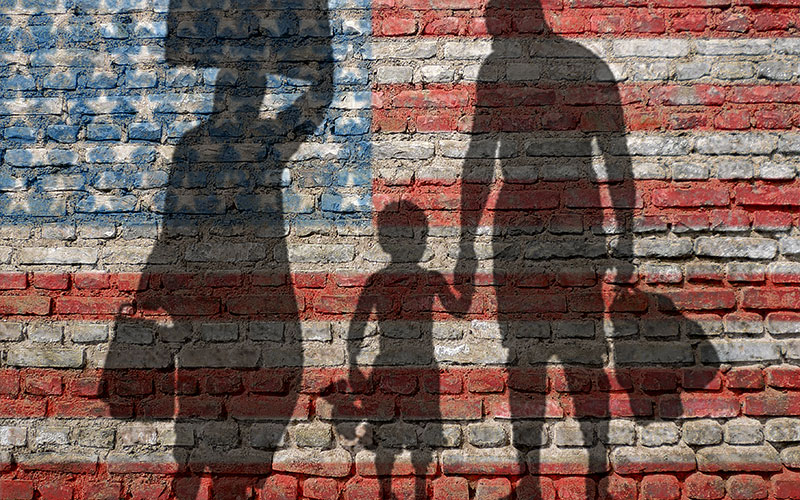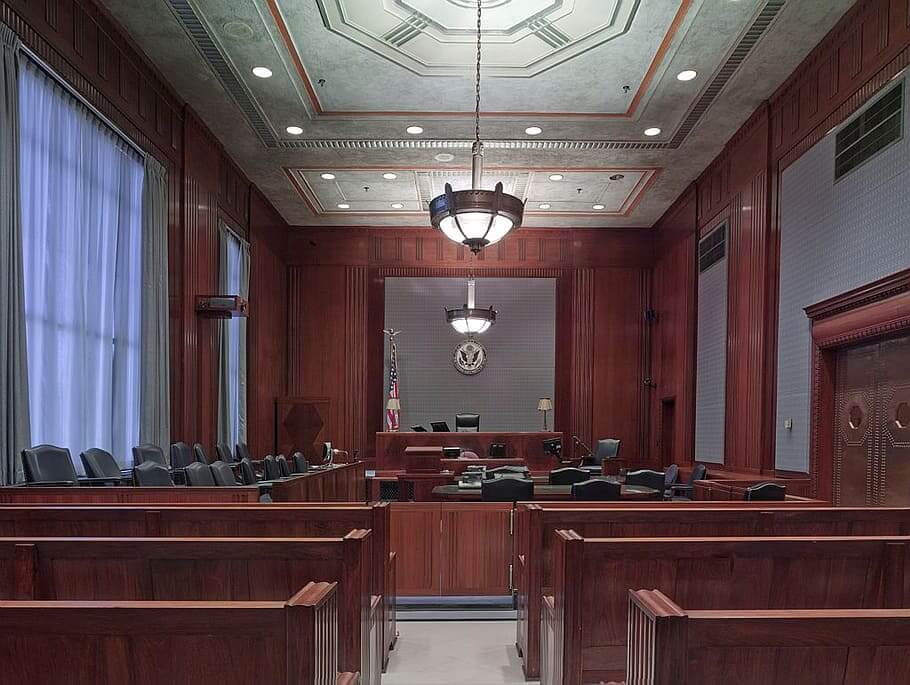Last February, the Biden administration proposed one of its most restrictive political asylum measures to date. It was intended to restrict the application for political asylum in the United States, and served as a predecessor to two previous attempts by the Trump administration.
However, many professional and activist groups oppose this measure due of its level of aggression. Now, the decision to maintain or eradicate this policy rests in the hands of justice.
Will this be the end of this new policy? At Jaskot Law, we’ll tell you what this new attempt to ban political asylum entails, what consequences it generates, and what other asylum alternatives exist in case the policy remains in force.
Biden’s new asylum ban policy: what does it entail?
The policy would apply to migrants who cross the U.S.-Mexico border illegally, but does not apply to unaccompanied migrant children. In addition, the administration believes it will help organize the immigration system and assist valid political asylum seekers.

Consequently, lawyers representing various legal and immigration groups sued the administration in an attempt to halt its progress. In the words of Katrina Eiland, Deputy Director and part of the plaintiff group:
“The government can’t pretend that there are several viable options for most people to choose from when that’s plainly contradicted by evidence on the record.”
On the other hand, Justice Department lawyers asserted that the Biden administration’s asylum policy seeks to balance incentives for lawful applications, but carries consequences for those who do not follow proper procedures.
What are the consequences of this policy?
Given the aggressive and restrictive nature of this new measure, some of the consequences it generates are:
- Expansion of the metering policy: This consists of allowing only a limited number of asylum seekers to enter ports of entry each day. Therefore, if restrictions are applied, this number would be considerably reduced.
- Encouraging racial discrimination: Applicants would only have access to apply for asylum through the CBP One app, which is argued to encourage racial discrimination in law enforcement due of its facial recognition technology.
- Violation of norms: The federal justice system established that this new measure violates international norms protecting political asylum seekers.
In addition, a recent report by Human Rights Watch indicated that this new policy has left thousands of applicants stranded, exposing them to dangers such as kidnappings, assaults, and disappearances.
What would be the negative impact of eliminating the policy prohibiting political asylum?
While for the plaintiff groups the elimination would have negative consequences for asylum seekers, the defendant proposes its arguments for maintaining it in force. Among them, the following stand out:
- Reduced government bargaining power: Eradicating this policy would put the federal government at risk of dealing with regional migration, and would affect negotiations with allied countries, such as Mexico.

- Increase in the number of arrests: Reuveni, DOJ assistant director, argued that since this policy reduced the number of apprehensions at the U.S. southern border, the numbers will increase once again if the measure is rescinded.
- Existence of other alternatives: Reuveni also expressed that it should not be overlooked that this measure does not make access to the country impossible, as there is a range of legal resources to do so.
Do you need help with your asylum application and this new policy is causing you troubles? Don’t worry, at Jaskot Law, we advise and guide you to carry out the process of applying for political asylum with peace of mind.
Conclusion
In conclusion, the Biden administration proposed a policy banning political asylum that caused controversy and opposition, which restricts access to asylum claims, generates racial discrimination, and violates international norms. For this reason, lawyers and activists are demanding that it be stopped, while the government argues that it is seeking balance.
On the other hand, the government argues that eliminating this policy would impact its bargaining power on immigration issues, and increase the number of arrests. For now, we just have to wait for the final decision by the courts that will determine the future of the asylum application process.
At Jaskot Law, our team of specialized attorneys can guide you through the political asylum application process, and answer any questions you may have regarding this policy. Contact us and get our help!
Sources
AZcentral and The Arizona Republic
Frequently Asked Questions
Which countries can apply for asylum in the United States in 2023?
Currently, the countries that can apply for political asylum are Cuba, Haiti, Nicaragua, and Venezuela.
What does it take to receive asylum in the United States?
To apply for political asylum in the United States, you must:
– Be physically located in the United States.
– Demonstrate that, in your home country, you suffered or believe you may suffer persecution because of your race, religion, nationality, association with a social group or political ideology.
Can I bring my family into the country if I have been granted asylum?
Yes. If you are granted political asylum, you may apply to transfer your spouse and children to the United States by filing a Form I-730, Refugee/Asylee Relative Petition. However, your child must be under 21 years of age and unmarried to be eligible.
Can I apply for permanent residence after receiving asylum?
Yes. You can apply for a Permanent Resident Card one year after your asylum application is approved.
Kemel stands out as a professional in writing and translating content for the Latin American market. With more than four years of experience, he began his professional career as a member of a research group, with which they dealt with various topics and wrote several scientific papers.


